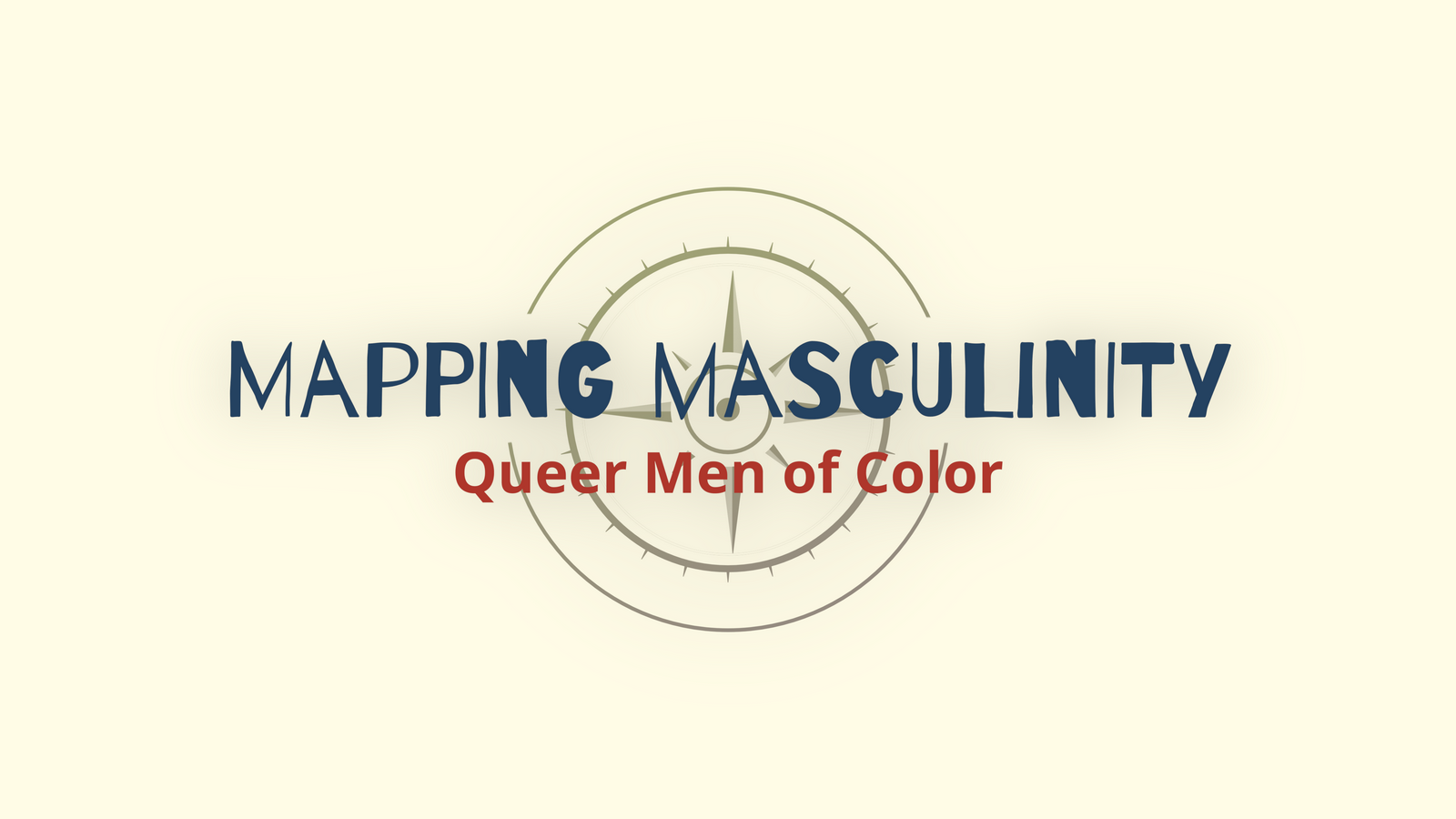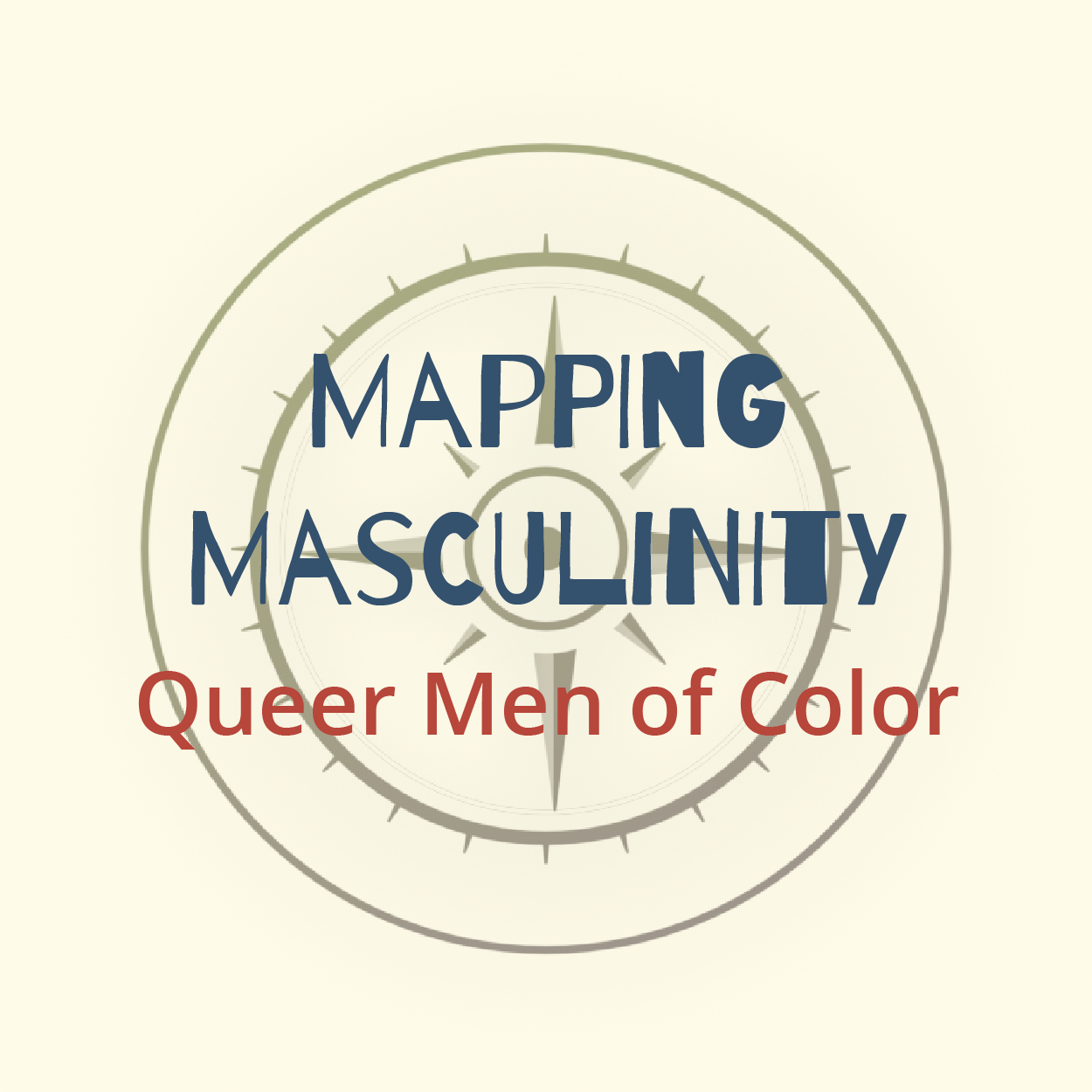



Project creators SILV and JAT on our exploration of masculinity.
JAT
My formative years were dominated by an unapologetically conservative religious environment, one in which the concept of patriarchy was celebrated and expectations regarding masculinity and male social roles were rigidly defined and heavily policed. My college experience at church-controlled Brigham Young University extended this influence well into my early adult years and despite the ever-intensifying dissonance between religious gender-based expectations and my own queerness, it was not until middle age that I openly identified as queer and began to enter overtly queer male spaces and try to understand both how I fit into queer culture and what my own sense of masculinity really was at its core—what part of my self-understanding was really a kind of implanted pseudo-consciousness and what was authentically me? I have, consequently, spent most of my decade as an out queer man feeling like there is some sort of manual or rule book I was supposed to receive that got lost in shipping; having been reassured multiple times that this isn't the case, this project is a way to apply all my skills—technical, academic, creative, interpersonal—to recover something that still seems missing and to find some peace and healing from what has, frankly, been a literally traumatizing engagement with men and masculinity over the course of my life.
SILV
I have been seeking fraternal support my entire life. I come from a place where almost all of my emotional support came from women. My father, grandfathers, uncles and cousins were never expected or available to support me emotionally, creatively, or spiritually, despite a gravitational pull toward some of those individuals. In fact, it was not until my late teen years that I began exploring male (queer) spaces with contemporaries, and later finding myself relating inter-generationally within male spaces. This has created, supported and, or exacerbated my precocious personality and interest in learning from those who came before me, and alienating me from an experience of multi-dimensional sharing. Often, others wanted to provide solace by deconstructing the queer male experience and how challenging it can be for queer men to connect based on queerness alone. I knew that was not reason enough, albeit valid, since throughout life my queerness brought me into close contact and intimacy with queer women.
Mapping Masculinity: Queer Men of Color was birthed by the emotional labor shared in my friendship with JAT, with whom I was exploring ways to utilize the platform of film in order to share story, expand perspective and reach more individuals. Through our supportive friendship, we decided to lean into the concept of healing ourselves by witnessing and healing more of us. After all, there is power in numbers.